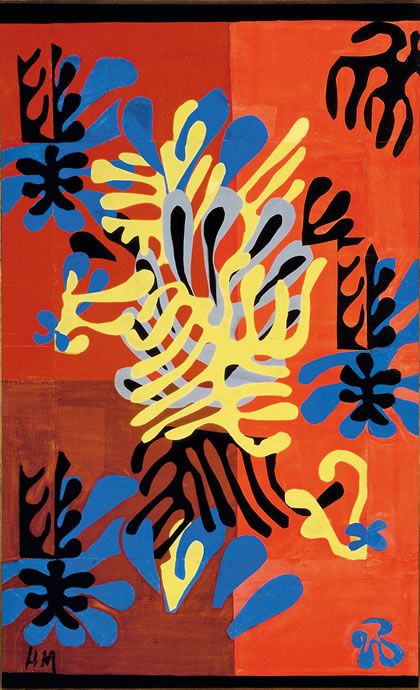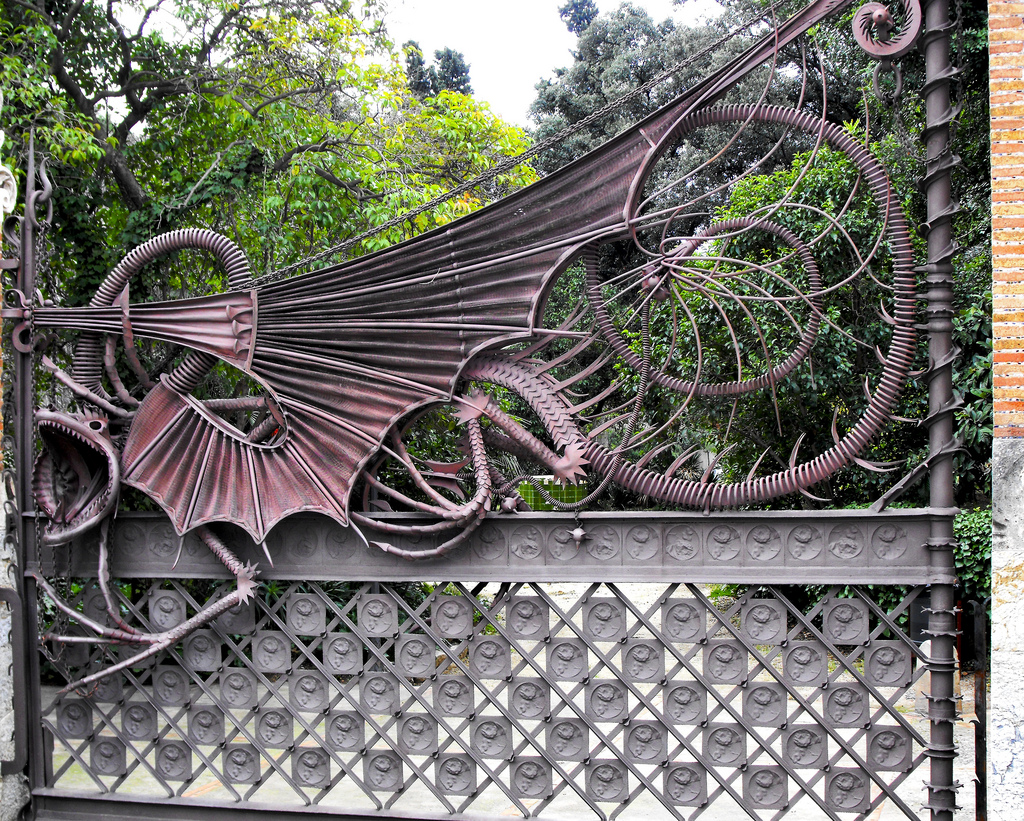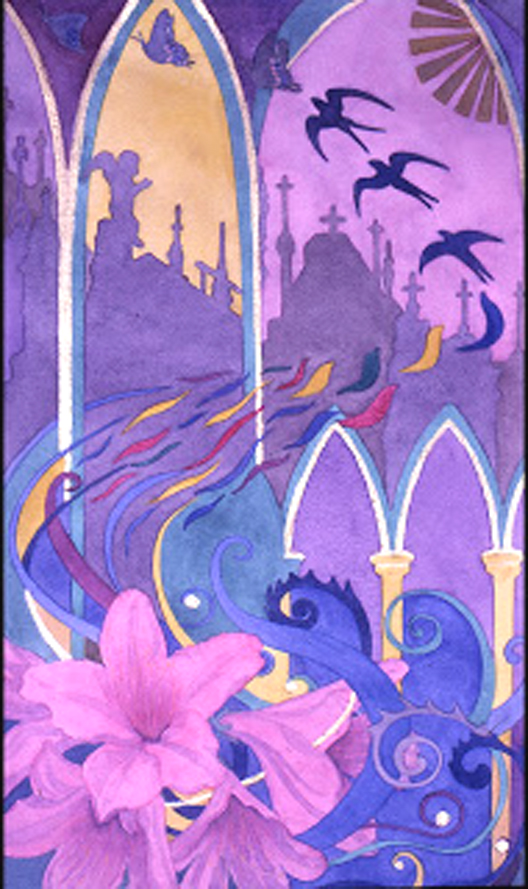I wrote about Art Residencies on 13th August, when I had just returned from a Residency in South Italy. As life accelerates again, that experience is receeding a little into the past, although I am still creating art inspired by that visit.
Nonetheless, as I was reading the wonderful Eric R. Kandel book, The Age of Insight. The Quest to Understand the Unconscious in Art, Mind and Brain, I found a passage that seems to me to be really pertinent to art residencies. My thanks go to Professor Kandel for these insights and my using the quotes from his wonderful book.
Professor Kandel discusses the essential prerequisites for creativity - in other words, what an art residency seeks to offer. The basic requirements are "technical competence and a willingness to work hard" (page 456), according to the famed Viennese art historian, Ernest Kris, and psychiatrist, Nancy Andreasen. Those criteria are givens, I suspect, in every selection an art residency makes of artists who will spend time at the residency. It would not make sense to have people coming if they could not perform competently as artists, unless, of course, they are coming for courses that are offered.
The other prerequisites that Professor Kandel cites are: "(1) the types of personalities that are likely to be particularly creative; (2) the period of preparation and incubation, when a person works on a problem consciously and unconsciously; (3)the initial moments of creativity themselves; and (4) subsequent working through of the creative idea."
The mixture of individuals who are knowledgeable in a discipline, the different cultures in which each individual works and the social field when the person comes all combine to form a creative mix. That, to me, is a good summary of the interest and rewards of an art residency when the artists are all serious professionals, from different walks of life and coutnries, but all willing to share ideas and experiences. This was the situation I experienced in South Italy, and it made the art residency there a delight, despite drawbacks on the administrative side of the residency.









